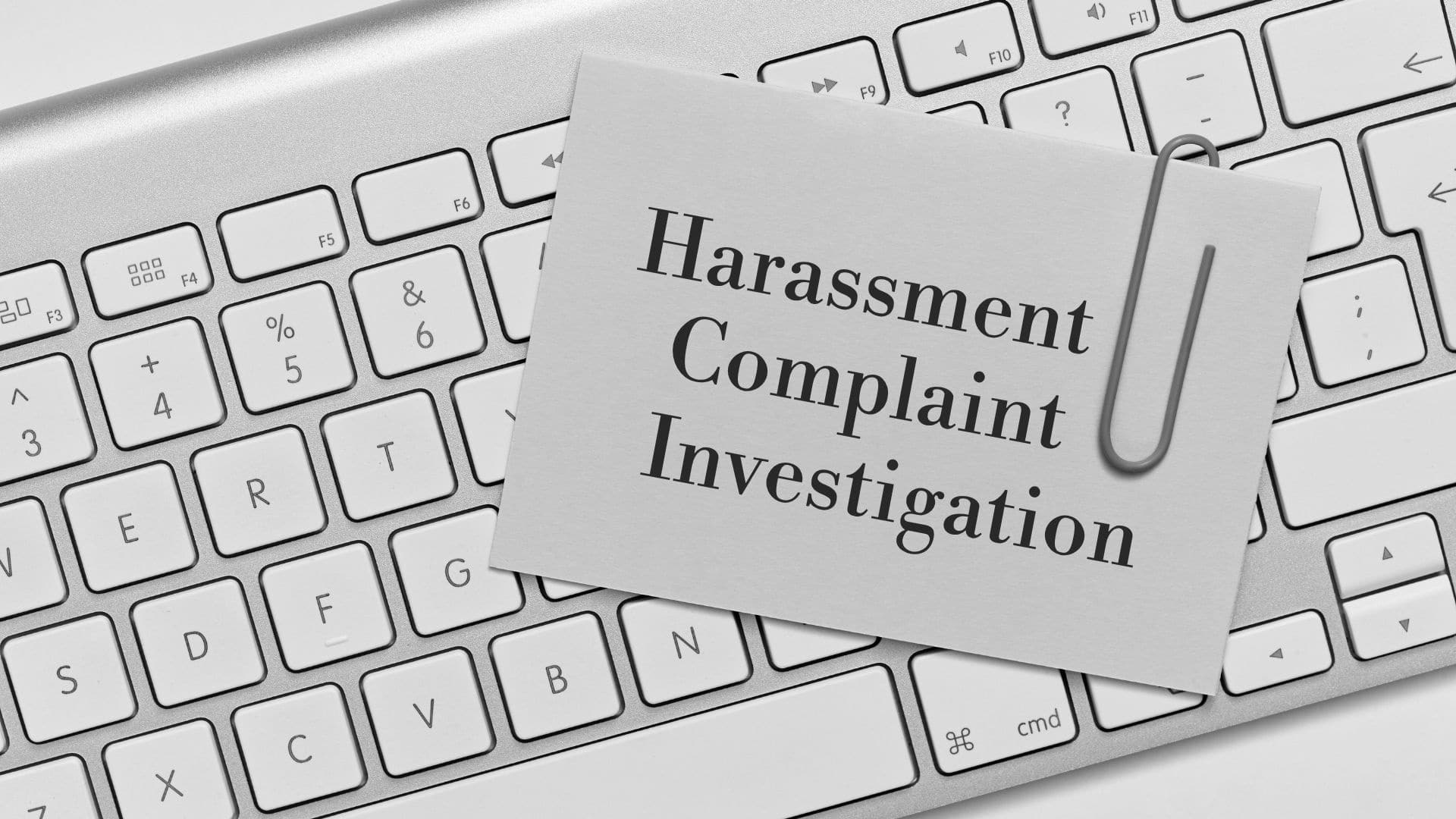In honor of someone who has been through her share of both romantic turmoil and actual harassment, below is our Swift-ified version of a tale that’s as old as time: the work relationship that ends up in a complaint to HR.
Last “August,” a “Mad Woman” and “The Man” (also known around the office as “Miss Americana and the Heartbreak Kid”) – let’s call them “Betty” and “Peter” – decided to take their workplace friendship out of the office and over to “The Black Dog” pub. They’d been working together for a few months and noticed that “Sparks Fly” whenever they were around each other.
They knew “All Too Well” that workplace romances were against company policy, but they figured their “Love Story” wouldn’t be “So High School,” and surely “Karma” wouldn’t catch up with them. They assumed the company would just “Tolerate It.” For a blissful “Fortnight,” they danced in the “Midnight Rain,” basking in their own “Lavender Haze.”
But eventually, reality hit. In the harsh glare of “Daylight,” Peter decided, “It’s Time to Go.” He wanted his “Maroon” “Cardigan” back and admitted he “Should’ve Said No” when Betty first asked him out.
Now, things have turned sour. When Peter said, “We Are Never Ever Getting Back Together,” Betty didn’t take it well. Believing that filing a complaint would be “Better Than Revenge,” Betty brought her concerns to HR.
Peter, on the other hand, sees it as nothing more than a brief “Illicit Affair” romance gone wrong. But for Betty, the breakup hit hard. She thought Peter was the “LOML,” and she just wasn’t “…Ready For It” to end.
If you’ve been in HR for any length of time, chances are you’ve already muttered under your breath: “This Is Why We Can’t Have Nice Things.” “Long Story Short,” “Everything Has Changed,” and now it’s up to HR to determine whether this is just a “Hoax” or something more serious.
Don’t worry, though, “You’re [Not] On Your Own, Kid.” Treaty Oak is here to help guide you through this “Delicate” situation.
(Quick translation for non-Swifties: Two people had an office romance despite it being against policy. When one ended it, the other filed a complaint with HR. Now there’s a he said-she said and HR has to determine if something truly inappropriate happened or if this is more a case of hurt feelings and romance gone wrong. Either way, you need to handle it like a professional.)
What should you do? (We promise, that’s the end of the Swiftie-ness.)
Treaty Oak’s Step-by-Step Guide to Investigating a Workplace Complaint
“Lavender Haze” or not, a harassment complaint is a serious matter. When an employee files a complaint, it’s a pivotal moment for your organization. How you respond matters.
Done poorly, an investigation can increase legal risk, erode trust, and hurt morale. Done well, it can strengthen your culture and demonstrate a commitment to accountability and fairness.
Here are the general steps that should be taken after a workplace complaint:
Acknowledge the Complaint Promptly
As soon as you receive a complaint, acknowledge it. Let the employee know it’s been received, explain what to expect next, and reassure them that the organization takes it seriously. Timely communication builds trust and sets the tone for a professional process.
Separate the Parties (If Needed)
If the complaint involves interpersonal conflict, retaliation risk, or disruptive behavior, consider separating the involved employees during the investigation. This might mean modifying work schedules or reporting structures. The goal is to maintain a safe and neutral environment while facts are gathered.
Prepare an Investigation Plan
Don’t dive in without a roadmap. Outline:
- What are the specific allegations?
- Which policies might be implicated?
- What documents or evidence should be reviewed?
- Who are the relevant people to interview?
A focused plan helps ensure consistency and reduces the chances of overlooking something important.
Conduct Interviews
Start with the complainant, then the respondent, and finally any witnesses. Keep your approach neutral and fact-based. Ask open-ended questions like:
- What happened?
- When and where did it happen?
- Who else was present?
Avoid assumptions and let the information unfold naturally.
Document Everything
Take thorough, objective notes throughout. Be specific, accurate, and neutral in tone. Avoid paraphrasing when you can quote directly. Think of your documentation as something that may be reviewed later by HR, leadership, or legal counsel.
Analyze the Evidence
Once the interviews are done, compare all the information collected. Does the evidence support the complaint? Does it contradict it? Is it inconclusive? Consider all facts, documents, and witness accounts. Refer back to your policies for clarity on whether the behavior violated workplace standards.
Reach a Finding
Based on the facts and your internal policies (not personal opinions) determine whether a policy violation occurred. Avoid legal conclusions (e.g., “this was illegal harassment”) and stick to whether someone crossed a company line.
Take Appropriate Action
If misconduct occurred, take appropriate and consistent action. That might include coaching, a formal warning, training, or even termination. The key is to respond proportionally and in alignment with how similar cases have been handled.
Follow Up with All Parties
Once action has been taken, follow up with the complainant and the respondent (within appropriate bounds of confidentiality). Reiterate that retaliation will not be tolerated and encourage continued professionalism. People want to know that their concerns were heard and addressed.
Close the File
Wrap things up with a final summary memo. This should outline the complaint, investigative steps, findings, and any actions taken. Keep it factual, clean, and securely stored. A clear record protects the company and demonstrates procedural fairness.
Pro Tip: If emotions run high or things feel “Delicate,” consider looping in Treaty Oak – especially if you’re navigating blurred lines between “Style” and substance. We’re happy to offer support, guidance, or even a fully outsourced investigation. Let’s make sure your next step is the right one.
